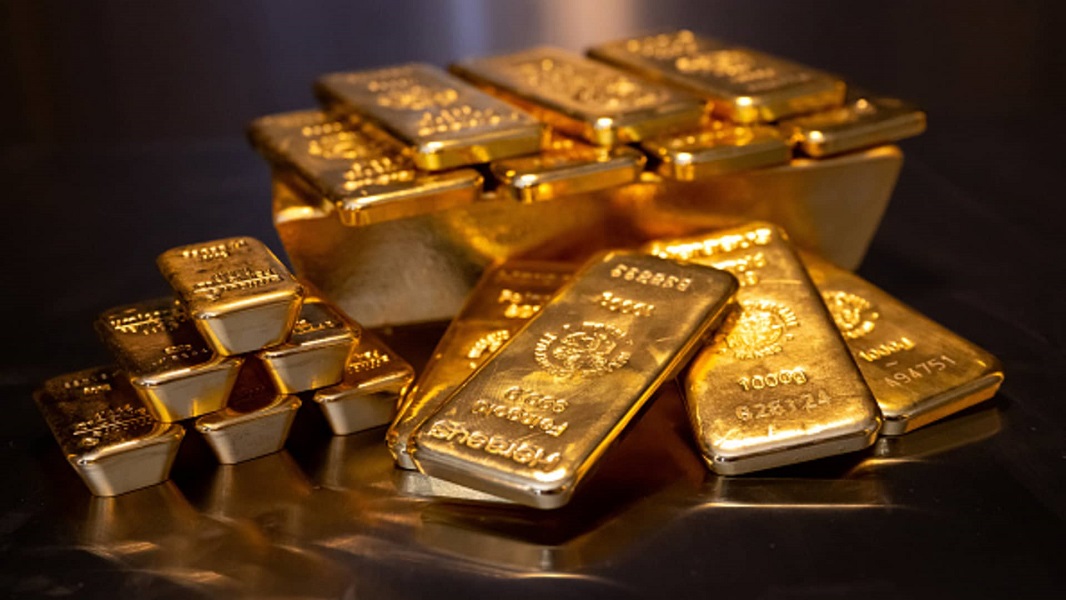Deciphering the Secrets of Gold Prices: Recognizing the Main Drivers

Introduction
In the realm of financial markets, few assets are as alluring and evoke powerful emotions as gold. Gold holds a distinct place in the world of investments due to its intrinsic value and historical significance. Its price fluctuations are influenced by a wide range of factors, including market-specific, geopolitical, and economic ones. Investors who are trying to navigate the intricacies of the gold markets need to be fully aware of these consequences. This article explains the enigmatic swings in the price of gold by examining the key factors that affect it.
Metrics of Finance:
A significant determinant of gold prices is the state of the global economy. Predicting the path of gold prices involves taking into account a number of crucial economic variables, including GDP growth, interest rates, and inflation.
Inflation: Gold is often considered a hedge against inflation. When there is a rise in inflation, fiat currencies lose their purchasing power and investors turn to gold and other assets that increase in value over time. When inflationary pressures increase, gold prices and demand typically rise as well.
Interest Rates: The relationship between interest rates and the price of gold is intricate. Gold prices typically fluctuate in the opposite direction of interest rates. Since gold yields no income, owning it has a greater opportunity cost whenever central banks raise interest rates in an attempt to combat inflation or promote economic growth. Therefore, higher interest rates could make gold less appealing and cause its price to decline.
GDP Growth: The economy’s expansion has an impact on gold prices as well. During periods of robust economic progress, investors may gravitate toward riskier assets like equities and divert funds from safe-haven investments like gold. Conversely, market apprehensions or economic recessions could incentivize investors to purchase gold, hence augmenting its demand and valuation.
Events in Geopolitics:
Gold prices are significantly impacted by geopolitical tensions and catastrophes. Because gold is regarded as a trustworthy store of wealth in turbulent times, it is seen as a safe haven during geopolitical unrest.
Political Uncertainty: Uncertainty in the financial markets can result from events like elections, geopolitical conflicts, or changes in policy, which may lead investors to turn to gold as a safe haven. The metal is a desirable alternative in turbulent political times due to its historical status as a safe haven asset.
Trade Wars: Increasing trade disputes between major economies have the potential to cause volatility and turbulence in the financial markets. In these conditions, gold’s price rises as investors frequently turn to it as a hedge against the negative consequences of trade conflicts.
Conjecture and Market Attitude:
Sentiment and speculative trading have a big impact on the gold price as well. Market participants’ perceptions of the state of the economy, geopolitical risks, and other factors can lead to abrupt fluctuations in gold prices.
Investor Attitude: The way that investors view risk and uncertainty have a significant impact on gold prices. Gold prices may rise in response to increased demand for the metal as a safe haven brought on by pessimism or heightened market worries.
Speculative Trading: The gold market is significantly impacted by speculative trading activities, including futures and options contracts. Speculators are mostly to blame for the short-term volatility of gold prices since they often inflate price fluctuations through their trading strategies.
Dynamics of Supply and Demand:
Similar to other commodities, the dynamics of supply and demand impact the price of gold. The balance between supply and demand, which determines gold prices, can be impacted by shifts in jewelry demand, mine production, and central bank reserves.
Mine Production: Variations in gold mine output have the potential to impact market supply levels. Variations in production levels can affect gold prices, as can events like labor strikes, mine closures, or technical improvements.
Central bank holdings: Central banks have a significant role in the gold market because of their considerable gold holdings. Decisions made by central banks regarding the purchase or sale of gold can impact market sentiment and valuations. The price of gold may rise if central banks were to increase their purchases, as this would suggest that they regard gold as a valuable reserve asset.
Demand for Jewelry: The jewelry industry is a major buyer of gold in countries where wearing gold jewelry is deeply embedded in the national culture. Changes in consumer preferences, the status of the economy, and levels of disposable income can all have an effect on the demand for jewelry and, consequently, the price of gold.
Conclusion
In summary, a wide range of factors, including supply-demand dynamics, market mood, and geopolitical developments, can affect the price of gold. Investors who are interested in comprehending and managing the intricacies of the gold markets need to be aware of these crucial elements. In the always changing world of gold investing, investors can better position themselves to take advantage of opportunities and reduce risks by remaining knowledgeable and astute.






